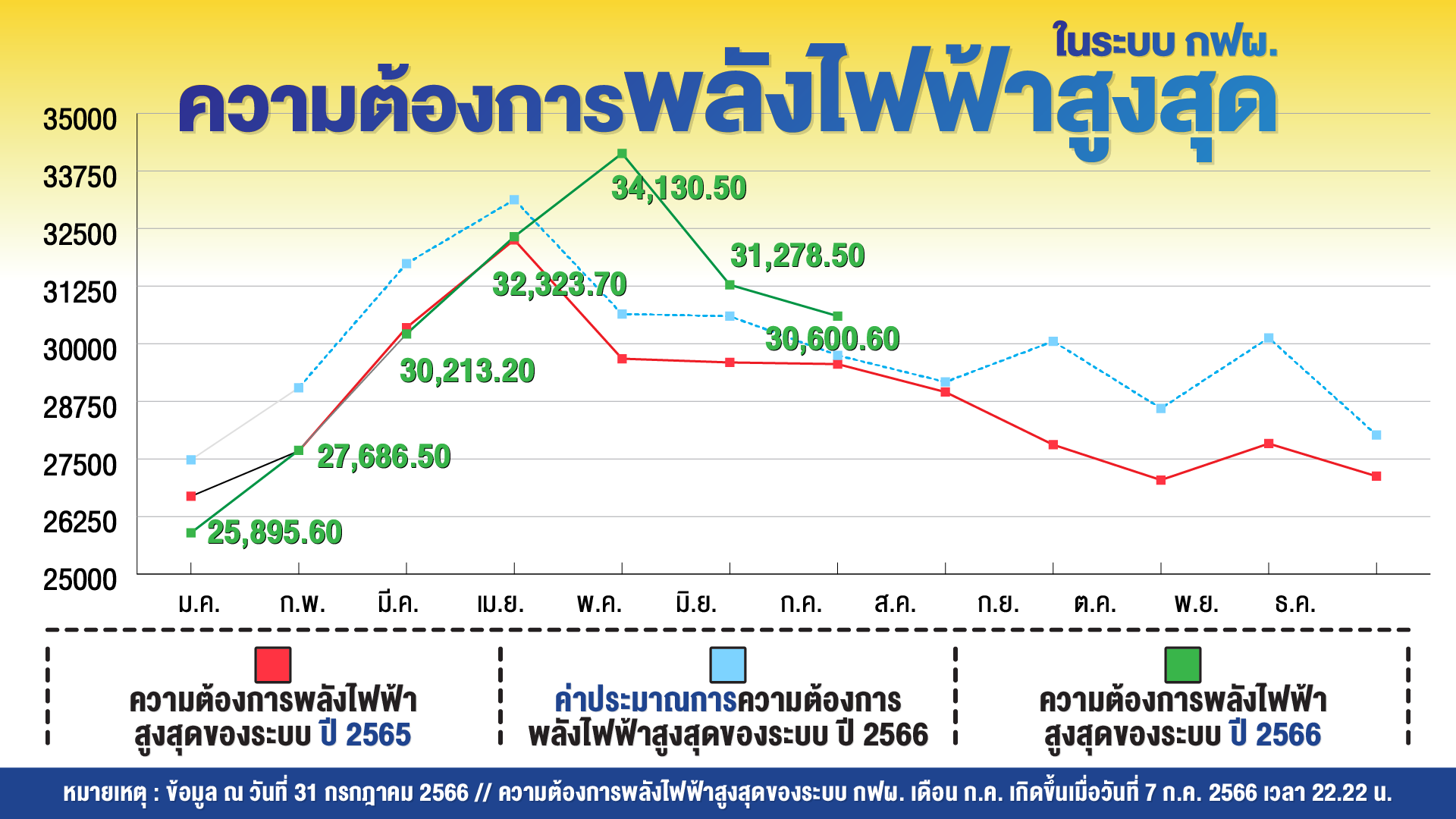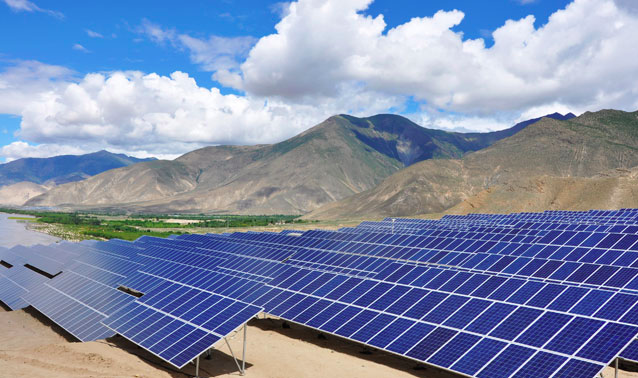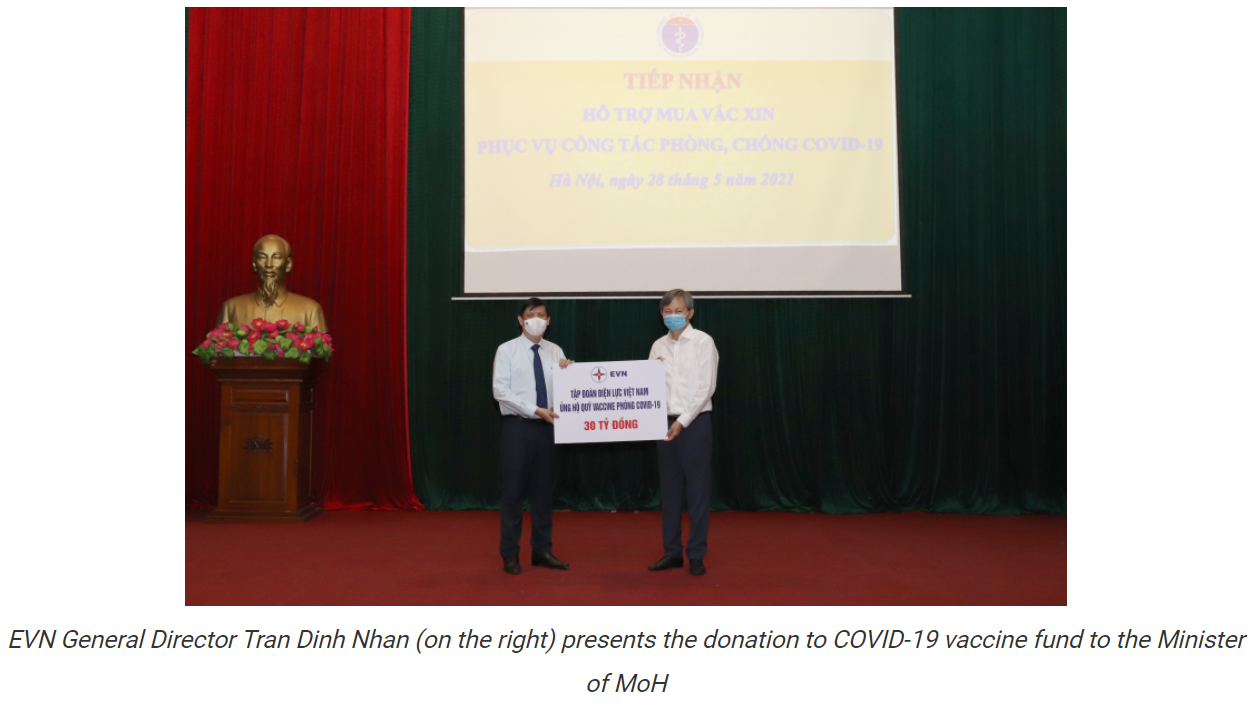
-
This 20-year Energy Efficiency Development Plan (EEDP) is formulated with a target to reduce energy intensity by 25% in 2030, compared with that in 2005, or equivalent to reduction of final energy consumption by 20% in 2030, or about 30,000 thousand tons of crude oil equivalent (ktoe).
-
The economic sectors with priority for undertaking energy conservation are the transportation sector (13,400 ktoe in 2030) and the industrial sector (11,300 ktoe in 2030).
-
The EEDP is aimed at reducing energy elasticity (the percentage change in energy consumption to achieve 1% change in national GDP) from an average of 0.98 in the past 20 years to 0.7 in the next 20 years.
-
Implementation in pursuance of the EEDP will result in cumulative energy savings at an average of 14,500 ktoe/year, which is worth 272 billion baht/year, and cumulative CO2 emission reductions at an average of 49 million tons/year.
-
Both mandatory measures, via rules and regulations, and supportive/promotional measures will be introduced. Major mandatory measures include the enforcement of the Energy Conservation Promotion Act, B.E. 2535 (1992), as amended up to No. 2, B.E. 2550 (2007), the establishment of Minimum Energy Performance Standards (MEPS), and energy efficiency labeling. As for supportive and promotional measures, a major one will be the Standard Offer Program (SOP), or funding for the amount of energy saving achieved, which can be proven or assessed.
-
Emphasis will be placed on measures which will bring about market transformation and energy consumers’ behavioral change, by enforcing energy efficiency labeling for equipment/appliances, buildings and vehicles so as to provide options for consumers.
-
Large-scale energy businesses, e.g. those in the electricity, oil and natural gas industry, will be required to implement energy conservation promotion measures to encourage their customers to reduce energy use by a specified minimum standard (Energy Efficiency Resource Standards: EERS), instead of allowing such measures to be voluntarily undertaken as previously practiced.
-
Assistance measures, both financial and technical, will be provided for small operators, e.g. SMEs, particularly the provision of funding via the Standard Offer Program (SOP) and technical assistance via the Energy Efficiency Resource Standards (EERS).
-
As the use of motor vehicles is projected to continuously increase in the future, this EEDP includes measures promoting the use of highly energy-efficient vehicles, e.g. mandatory energy labeling, enforcement of MEPS and tax measures.
-
Responsibilities for energy conservation promotion will be distributed to all spheres in society. The private sector will become an important partner and greater roles will be entrusted to local administration organizations. In addition, government agencies must set a good example of energy conservation practices.




